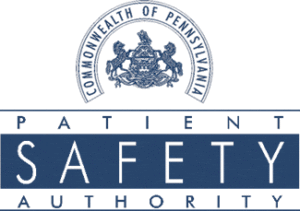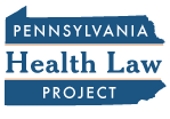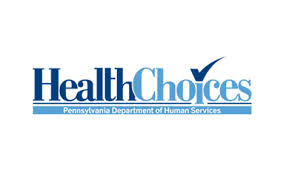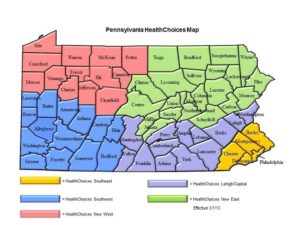Congressional Task Force Considers Medicaid Reforms
A House Energy and Commerce Committee group is looking at potential Medicaid reforms for 2017.
The task force, consisting entirely of Republican members, was created late last year to “… strengthen and sustain the critical program for the nation’s most vulnerable citizens.”
 At a recent event at George Mason University, task force chairman Brett Guthrie (R-KY), cited continued high Medicaid spending as a reason to consider reform and noted that the degree to which the task force could tackle Medicaid in 2017 would depend on which party occupies the White House and controls Congress. He suggested that the task force would look for ways to prevent people from needing to choose between getting jobs and keeping health insurance. Among the potential legislative vehicles for reform, Guthrie said, are reauthorization of the Children’s Health Insurance Program and Medicare extenders.
At a recent event at George Mason University, task force chairman Brett Guthrie (R-KY), cited continued high Medicaid spending as a reason to consider reform and noted that the degree to which the task force could tackle Medicaid in 2017 would depend on which party occupies the White House and controls Congress. He suggested that the task force would look for ways to prevent people from needing to choose between getting jobs and keeping health insurance. Among the potential legislative vehicles for reform, Guthrie said, are reauthorization of the Children’s Health Insurance Program and Medicare extenders.
Because they serve so many Medicaid and low-income patients, the task force’s deliberations will be of particular interest to Pennsylvania’s safety-net hospitals.
Learn more about the House Energy and Commerce Committee’s Medicaid Task Force here and about Rep. Guthrie’s remarks at the George Mason University forum here.
 The Pennsylvania Patient Safety Authority has issued its 2015 annual report.
The Pennsylvania Patient Safety Authority has issued its 2015 annual report.


 Included in this edition are articles about a new, faster process the state has introduced for people to enroll in Medicaid; the awarding of contracts to managed care organizations to participate in the state’s HealthChoices program; an update on the Community HealthChoices program that will help nursing home-eligible seniors remain independent in the community; new funding for the state’s “Money Follows the Person” demonstration program; and more.
Included in this edition are articles about a new, faster process the state has introduced for people to enroll in Medicaid; the awarding of contracts to managed care organizations to participate in the state’s HealthChoices program; an update on the Community HealthChoices program that will help nursing home-eligible seniors remain independent in the community; new funding for the state’s “Money Follows the Person” demonstration program; and more. Eight different organizations were awarded 23 separate three-year contracts, to take effect on January 1, 2017, to serve more than two million Medicaid beneficiaries in five state HealthChoices regions.
Eight different organizations were awarded 23 separate three-year contracts, to take effect on January 1, 2017, to serve more than two million Medicaid beneficiaries in five state HealthChoices regions.
